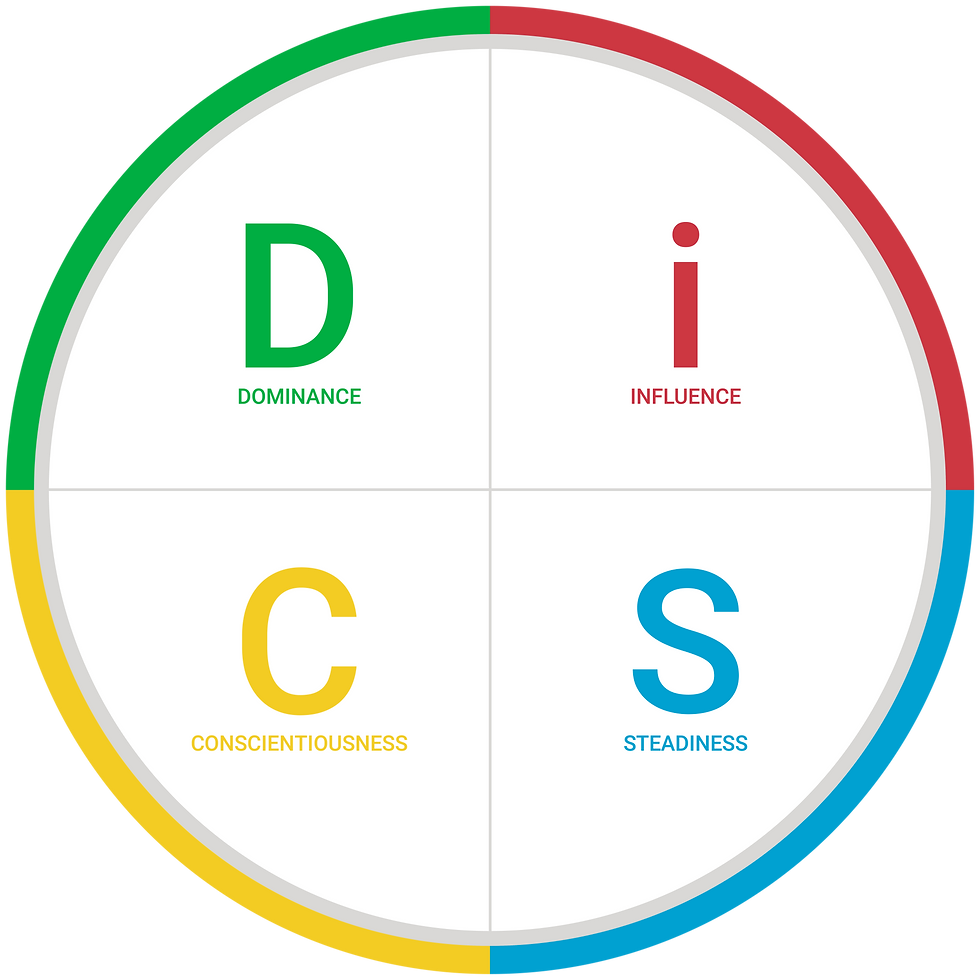Common misunderstandings about DISC
- M.I.S.S.CONSULT Writer

- Oct 20, 2023
- 2 min read

Many professionals misunderstand DISC as a measure of skills or intelligence. This behavioral assessment tool provides insight into personal preferences and work styles, offering a blueprint for improved interpersonal relations, effective communication, and cohesive teamwork within the workplace. Recognizing DISC for what it truly is can revolutionize productivity and collaboration.
DISC is a personality test?
DISC is not a personality test. It is a behavioral assessment that measures how people behave in different situations.
DISC is fixed?
DISC is not fixed. People's DISC styles can change over time, depending on their experiences and environment.
DISC is used to label people?
DISC is not meant to label people. It is a tool that can help people understand their behavior and the behavior of others.
DISC is better than other personality assessments?
DISC is just one of many personality assessments available. There is no one-size-fits-all assessment, and the best assessment for a particular person or organization will depend on their specific needs.
Examples of misunderstandings about DISC:

People with a high D style are aggressive and bossy. This is not always the case. People with a high D style can be assertive, decisive, collaborative, and supportive.
People with a high I style are attention-seekers and show-offs. This is not always the case. People with a high I style can be enthusiastic, outgoing, introspective, and thoughtful.
People with a high S style are weak and submissive. This is not always the case. People with a high S style can be cooperative, supportive, strong, and independent.
People with a high C style are analytical and boring. This is not always the case. People with a high C style can be detail-oriented, precise, creative, and innovative.
It is important to remember that DISC is just one tool for understanding human behavior. It should not be used to make assumptions about people or to make decisions that could impact their lives.

.png)


